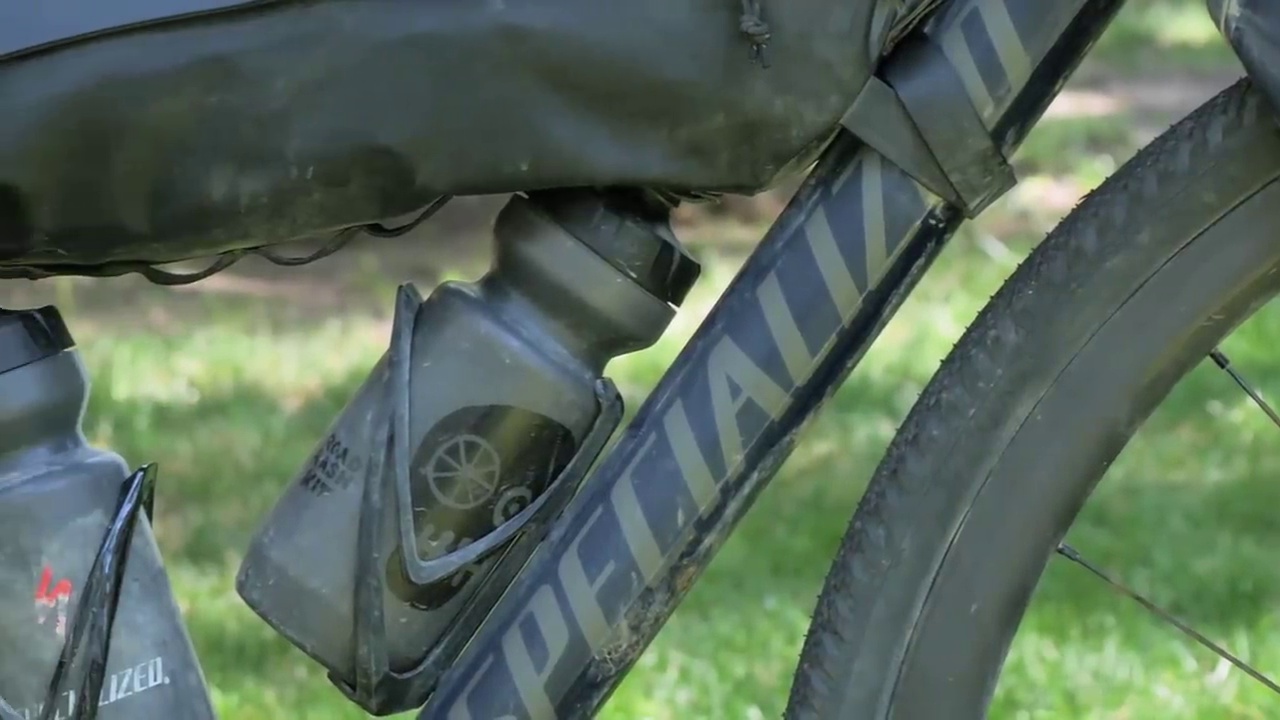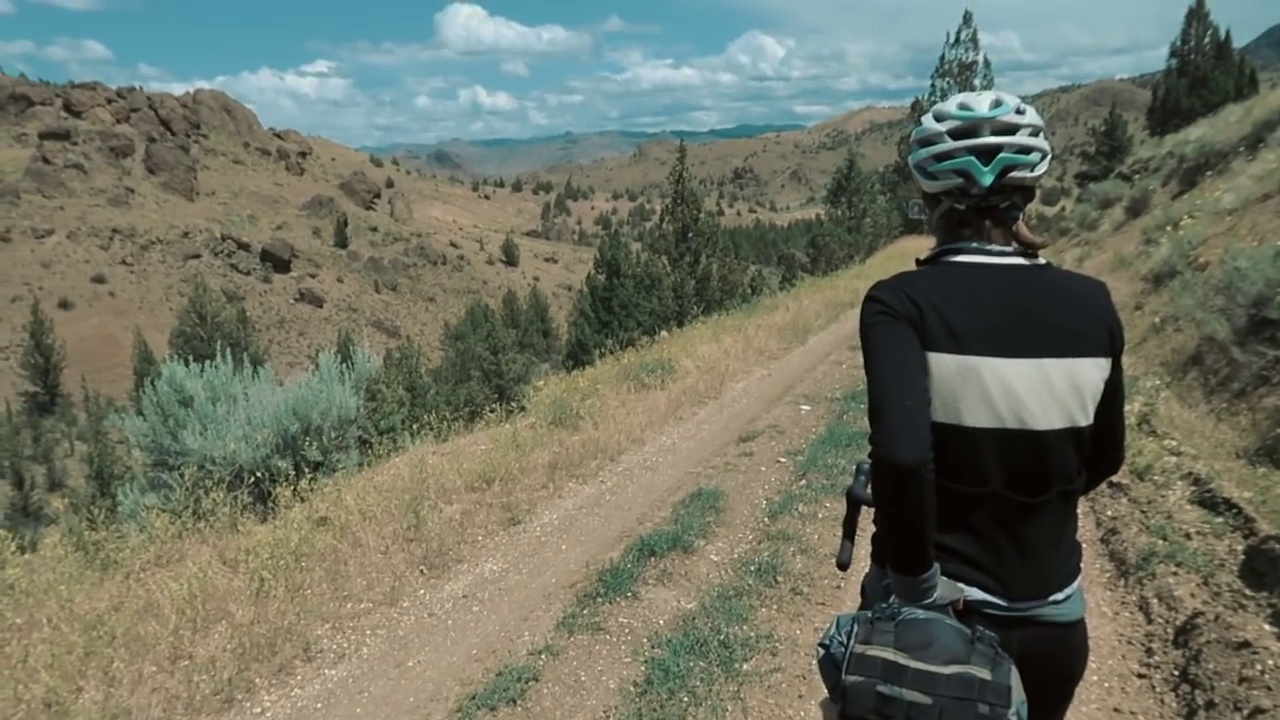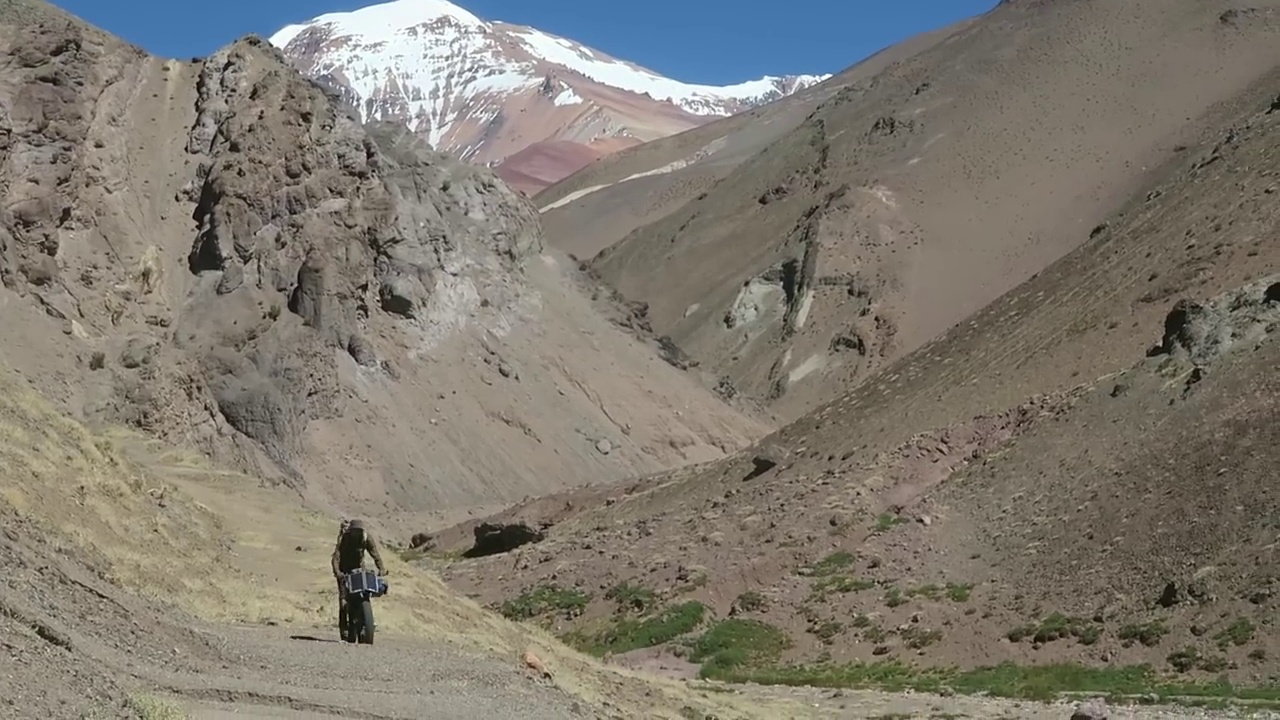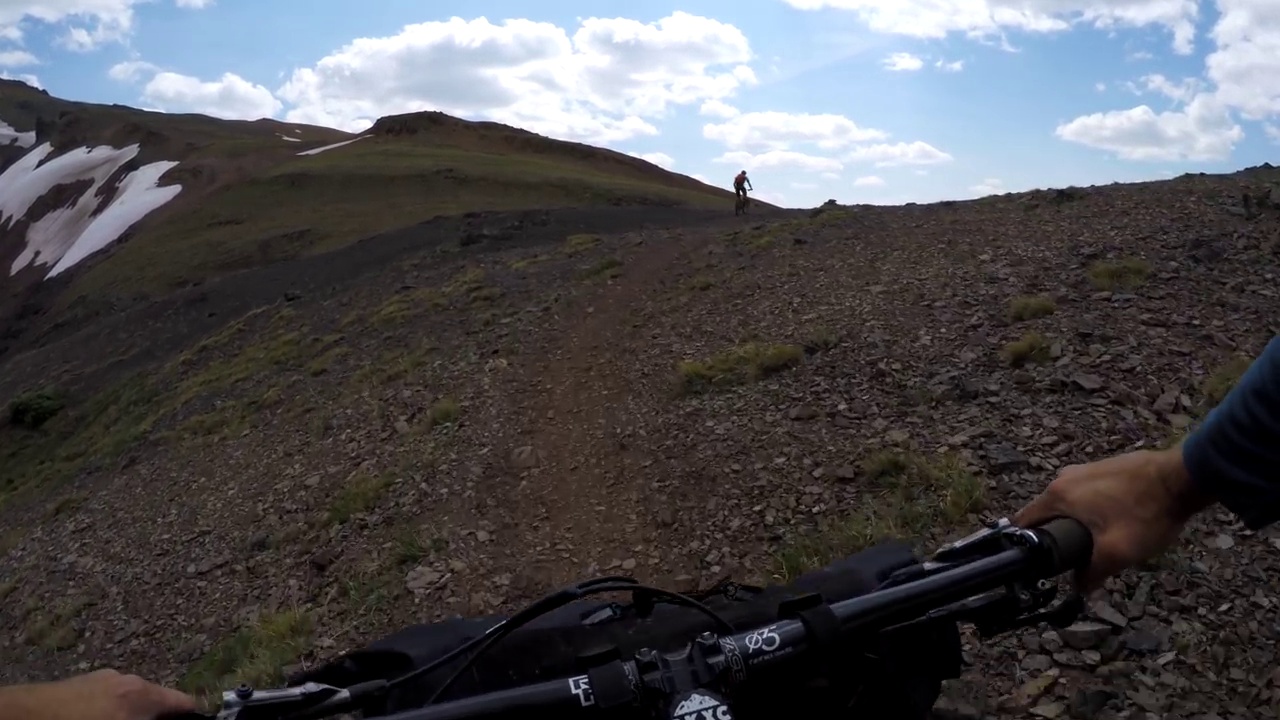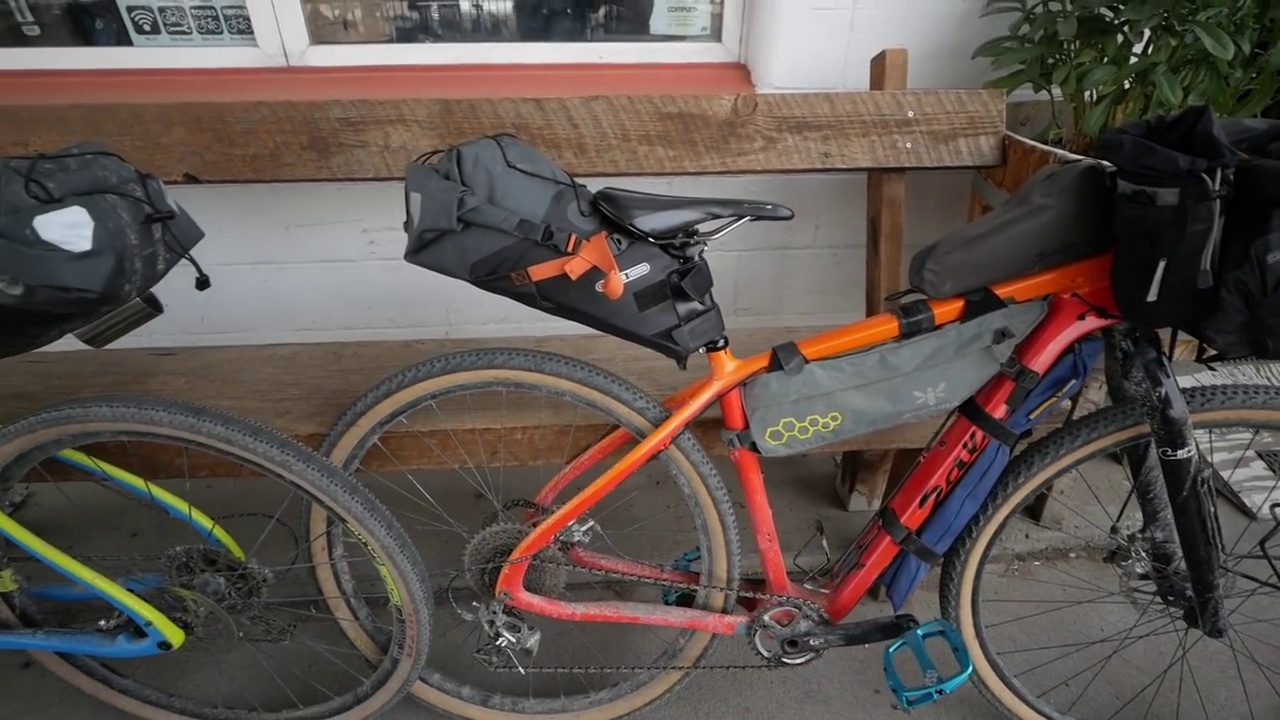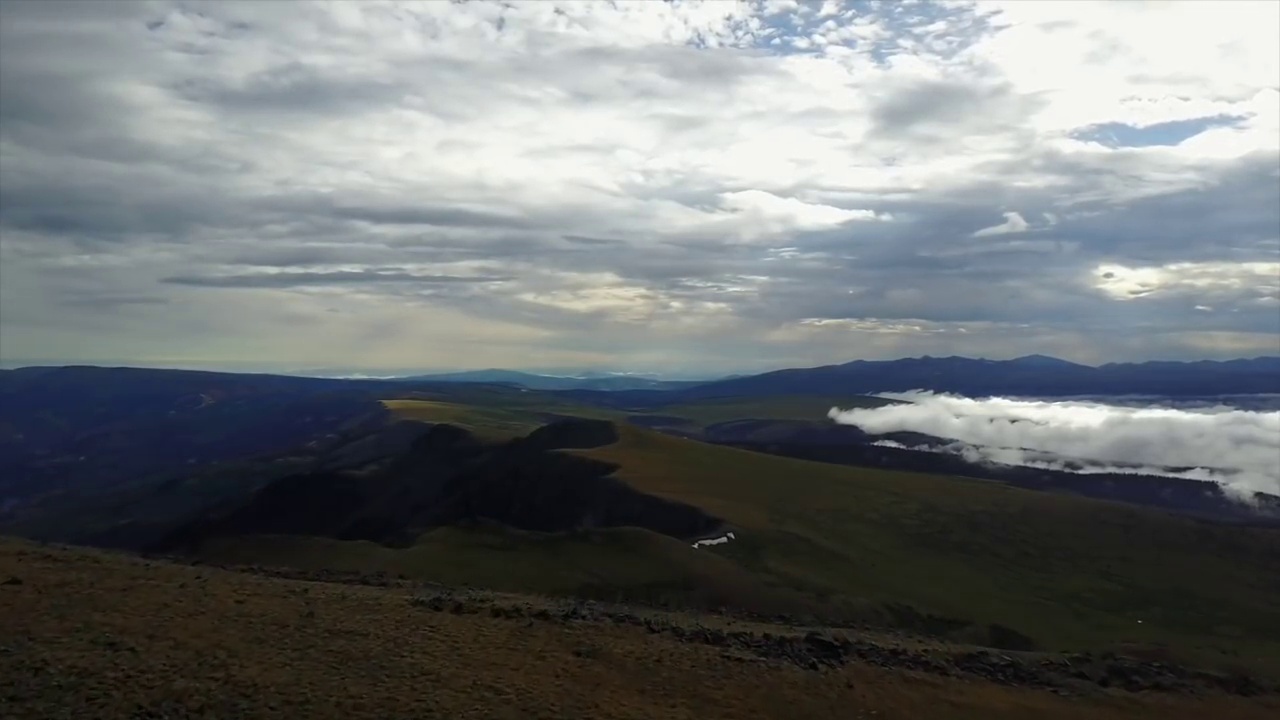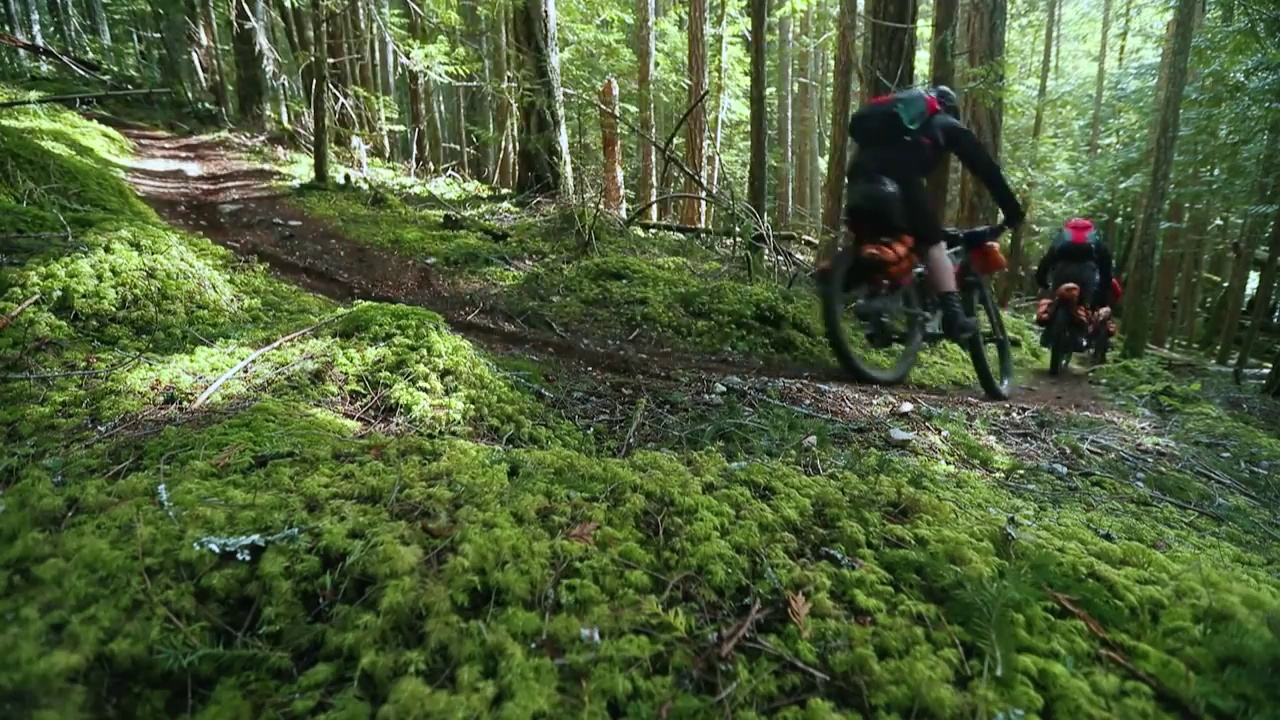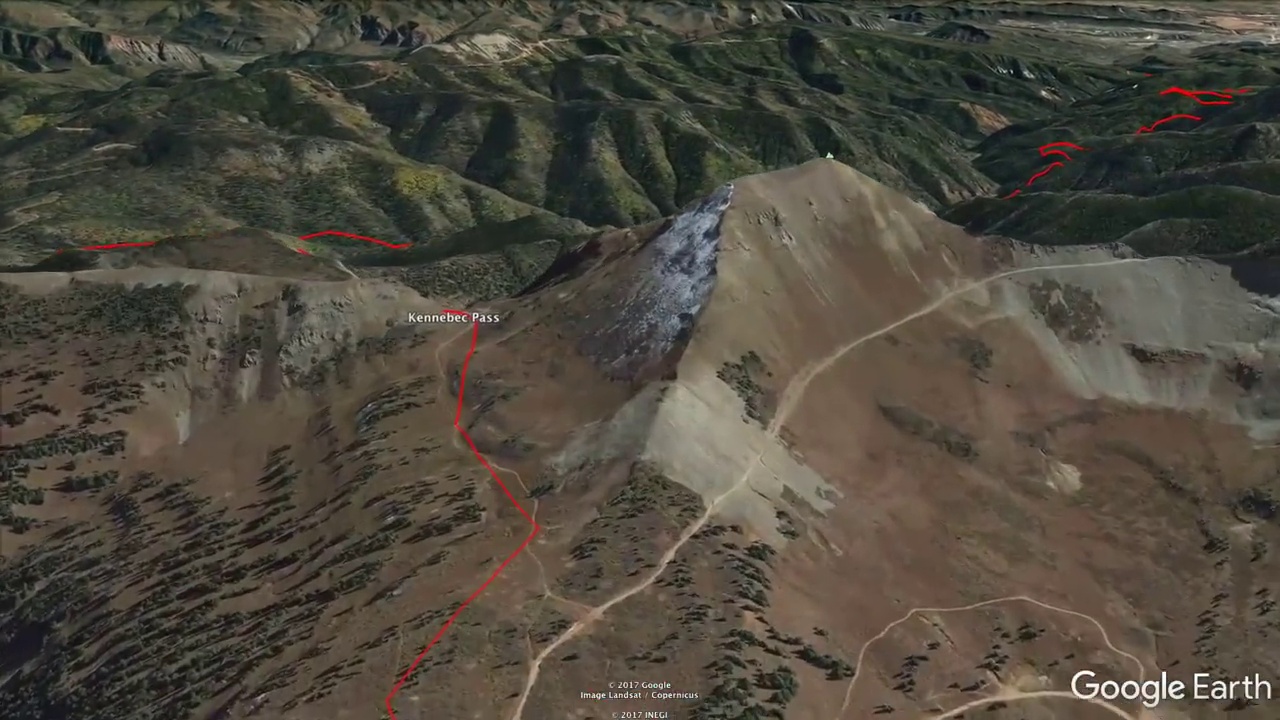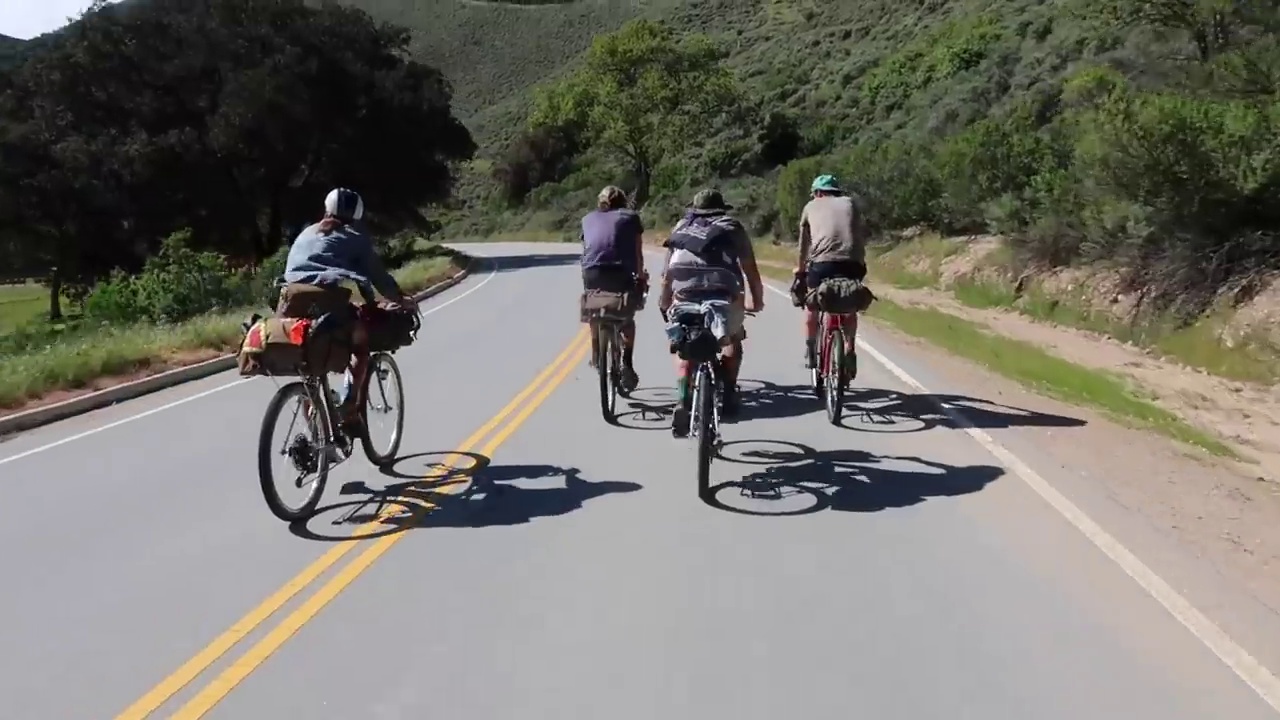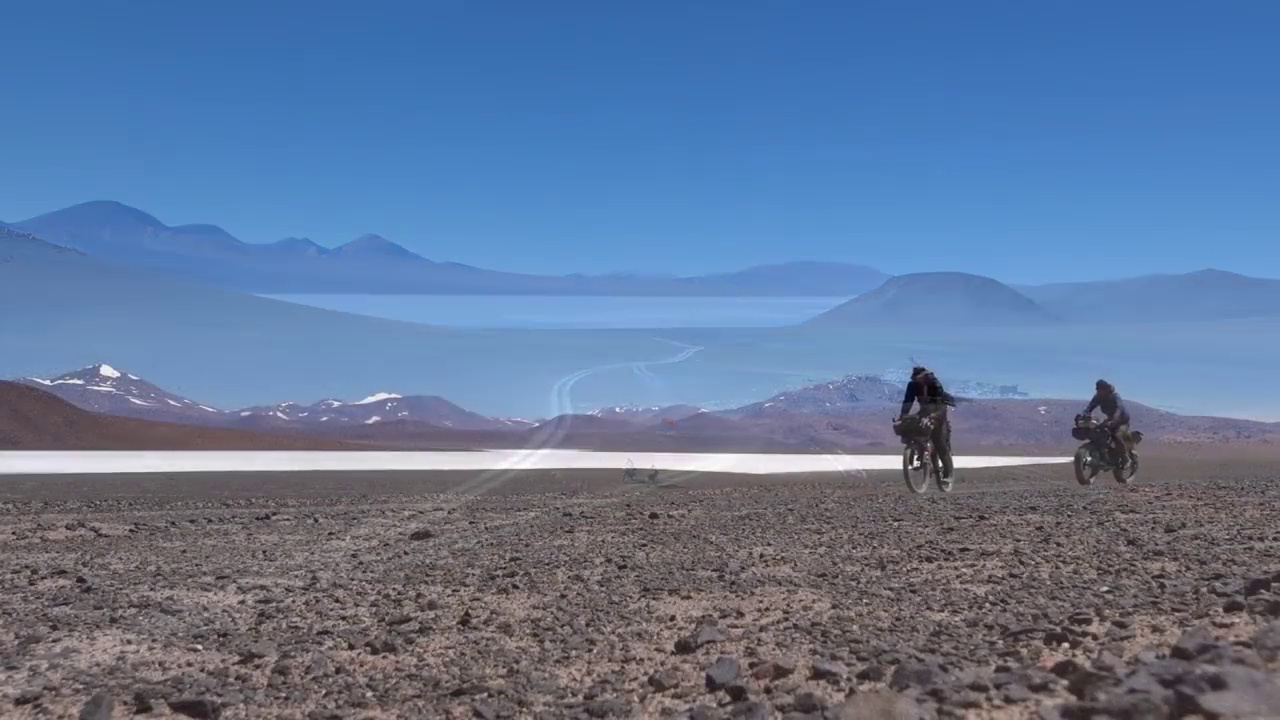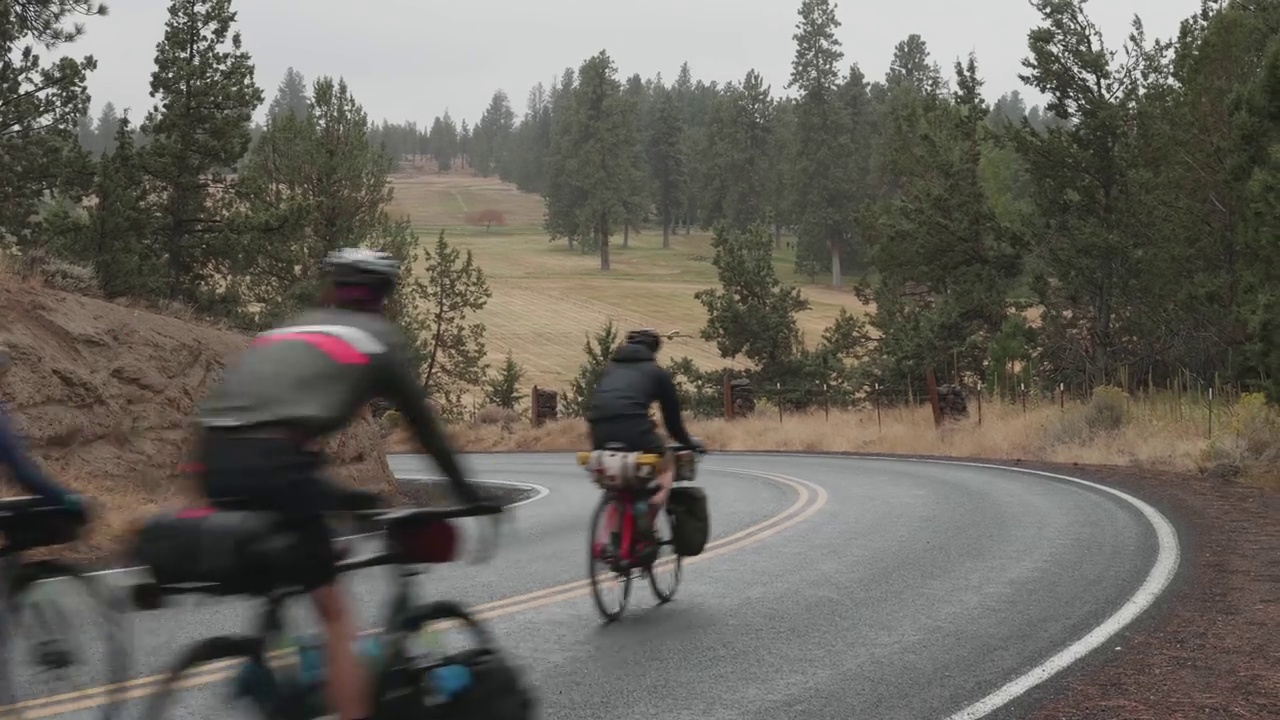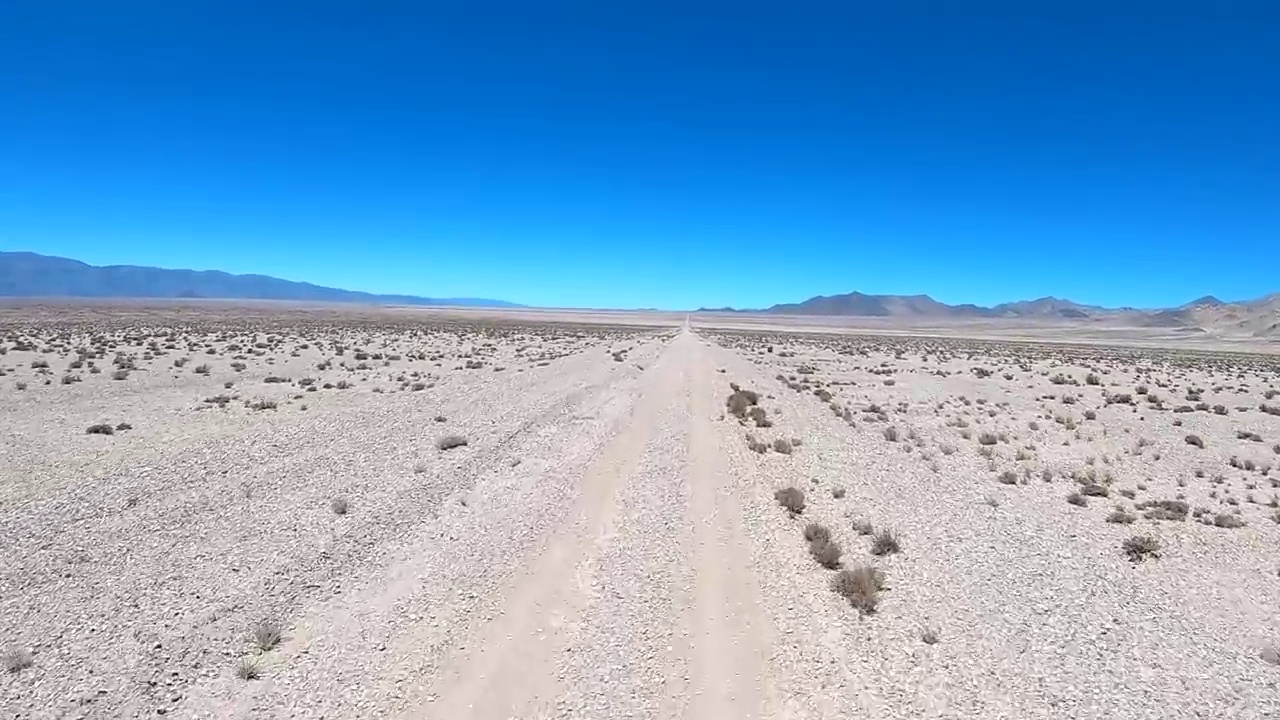Bikepacking is a blend of cycling and camping. Bikepackers usually travel long distances, with all their needs during the journey—the equipment mounts directly on the bike. Of course, you must know what accessories to take and what fits on your bike. A bikepacking trip can be difficult, especially when you must prepare for any situation on the road. You want to travel light but not enough to forget an essential element.
Bikepacking is a great way to experience the thrill of mountain biking, the fruits of long-distance cycling, and nature. And all at the same time! Bikepacking is a fun choice for cycling couples, friends, and families traveling together. It allows you to cover more miles than hiking and access dirt roads and trails inaccessible to other vehicles. Rides vary from local overnight stays to epic cross-country trail rides.
Bikepacking is something relatively new on the scene. Despite touring and other forms of travel by bicycle for some time, people have now started making special equipment and bikes for bikepacking.
The Next Adventure
A lot of people now search for information on bikepacking. This sport is a new phenomenon. If you are interested in bikepacking, you can synthesize mountain biking and minimalist camping. Also, you can evoke the freedom of a few days of backcountry hiking with the range and emotion of riding a mountain bike. If you like mountain biking and hiking, bikepacking can be your next adventure.
The Way to Go
Bikepacking is becoming increasingly popular among all types of racers. When you do a detour of the world or even the whole off-road adventure, bikepacking is the way to go. With the help of specialized bikepacking bags that cling tightly to the frame, bikepacking allows you to carry things and simultaneously go for your favorite trail.
Don’t let your bike become an obstacle in the search for great bikepacking. The chances are that the bike is more than able to go bikepacking. Moreover, advanced features and the comfort of a full suspension setup can make a bikepacking trail ideal.
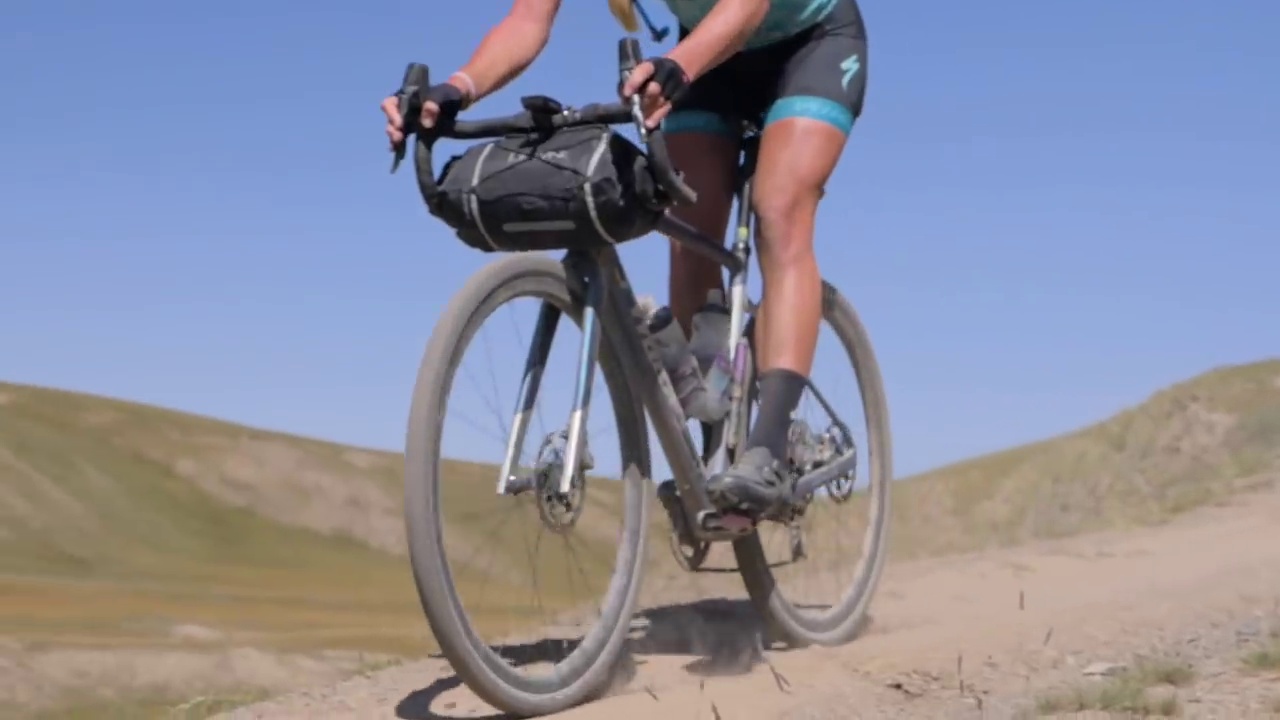
Weight and space-saving bikepacking philosophy work very well for road resistance, so if you are not interested in the dirt but still like bikepacking, road bikepacking is an option. Before going to the bike shop to get the latest bikepacking-specific, ultra-light, gravel-grinding superbike, give your current bike a chance. The key is to start with an excellent bikepacking rack.
How Is Bikepacking Different From Bicycle Touring?
Bikepacking means not only “off-road riding.” You can hear the terms cycling and bikepacking intertwined with each other. Sometimes some people say they are bikepacking, but what they do is more accurately defined as traditional road cycling. Contrarily, people can say they rode a bike when the activity was closer to off-road bikepacking.
Cycling generally refers to a road bike tour. And bikepacking typically refers to an off-road trip where all necessary clothing, food, gear, and equipment are carried out in a box set, handlebar, or seat bags attached to the bicycle frame. Ultimately, bikepacking is just one of the many different types of cycling.
Bikepackers carry belongings in a set frame, seat, and handlebar bags, which tie or fix to the bike’s structure. It can be a multi-day cycling adventure where you travel for several days, weeks, months, or even years on your own without the help of the engine. Also, bikepacking generally refers to cycling on dirt or gravel roads and single-track trails.
A Recent Phenomenon
Bikepacking is a relatively recent phenomenon. In some sense, at least. Bikepacking is a term taken from many of us bikes 1970s. Today, bikepacking is a lightweight, multi-day bike tour done on dirt roads or trails for cross-country skiing. Weightlessness is an element of response to the demands of riding on such terrains. The bike needs to be light enough to enjoy the trails you can ride.
Bikepacking Term
Bikepacking is a term that has grown in popularity in the last five years. It takes its name after a similar bike-free exercise backpack, a sense of adventure, and research carrying no more than necessary to move forward. Bikepacking takes basic principles, enabling them to travel further and to study more in the same amount of time.
There are no limitations on who can enjoy bikepacking. Moreover, whether you own a small-wheeled folding bike 29 or a fat bike doesn’t matter. Bikepacking is not just tour cycling. They have similarities, but the tour cycle typically uses luggage racks and bags. Bikepacking gives you more space for a more luxurious and exclusive travel suitcases combo that remains entirely usable.
How to Clean Your Bikepacking Bags
Bikepacking is a filthy adventure. So, how can you clean your stuff? Especially in the winter, riders struggle with the mud, snow, and dirt. Usually, bikepackers ride without mudguards, so the bike and bags become dirty. Bags act as a fender to protect the rider from dirt. As a remedy, you can shake the bag and brush dirt with a dry cloth with a hand brush. Also, a toothbrush can help reach difficult areas.
For thorough cleaning, you can use liquid soap in warm water and a soft brush or sponge. After cleaning and rinsing, open the bag and carefully wipe it dry on the air. Do not use heat in any form, For example, the dryer or the radiator. Synthetic materials do not require additional treatment with care. However, applying a protective spray must protect the metal parts from corrosion. Zippers hold better with silicone or a tiny drop of olive oil to maintain smooth operation.
Gentle cleaning is essential. Solvents, alcohol, or acid-based cleaners are not the best because they attack and damage the material and construction. Also, suitable detergents like liquid or bile soap are difficult for stains.
Micro Adventures
“micro-adventure” refers to a short adventure in the open air, so you don’t have to be an expert on survival or sports. Everyone can do micro experiences in daily life. Micro-adventure is one of the most popular forms of bikepacking and is comparable with classical short trips—for example, a weekend trip to the city.
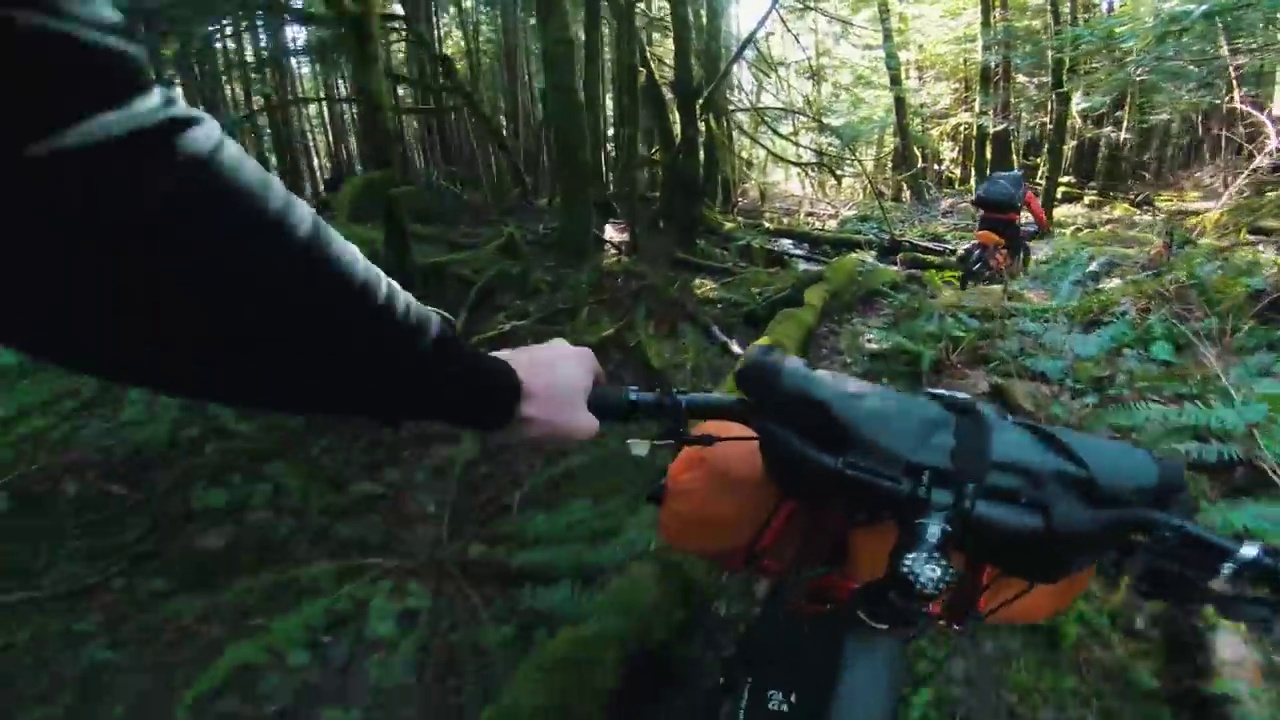
A brief escape from everyday life without a lot of preparation, a lot of experience, or huge risks. It would be best to immerse yourself in the area, region, or mountains. Some bikepackers start after work, walk along forest trails to the shelter of the wind hut, spend the night around the campfire, and then pedal back to work the following day. Shower facilities for cyclists are a real advantage for such adventures.
Daily Distances and Speed
The speed at which you drive will depend on terrain, climate, the bike you ride, the amount of equipment you use, how you feel on a particular day, and several other factors. However, on average, most people on bicycles can cover 13 kilometers per hour.
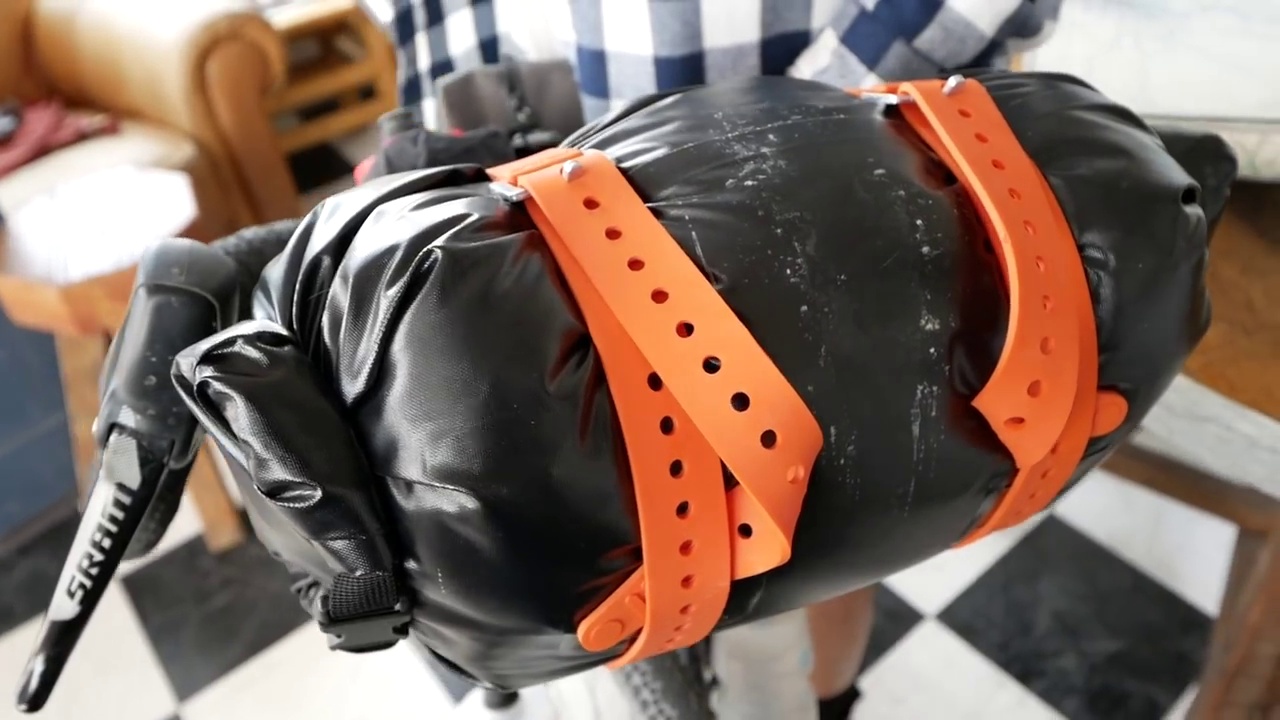
Thus, 80 km can take about 6 to 7 hours. As a rule, this distance is significantly shorter than a typical road cyclist because bikepacking includes off-road efforts and cycling on dirt or gravel roads and trails. Most bikepackers tend to cover anywhere from 40 to 120 km daily.
Bikepacking Bags
There are various styles of bikepacking bags, and you can mount them in several ways. Most people make self-supporting, ultra-distance bikepacking races using bike-packing-style bags that attach to the bike with velcro. The advantages of bags are that they are compatible with almost all bikes. People who make relaxed cycling trips use luggage bags that attach to the sides of the racks that connect to the bike. The main advantage of bags is that they offer more space to carry more things.
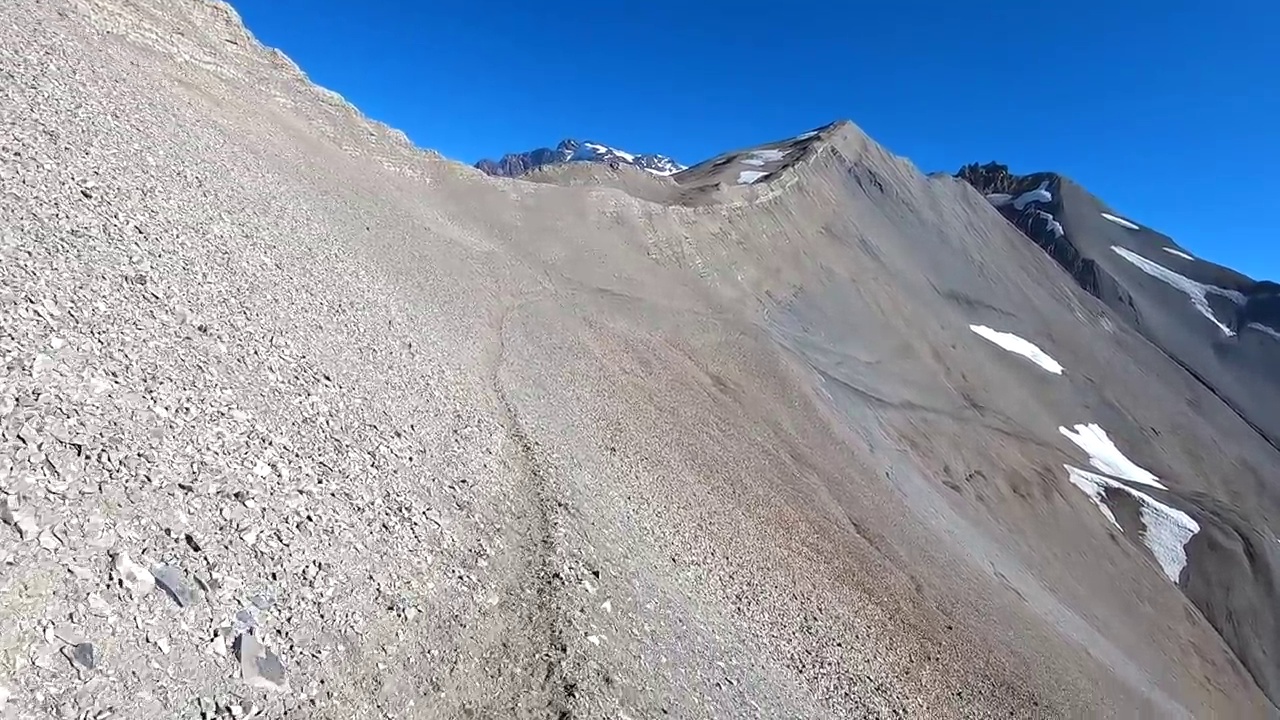
The disadvantages include the installation of the more substantial bags being much less aerodynamic package for the rider. However, most people believe using a backpack when riding a bicycle for extended periods becomes very uncomfortable because it strains the neck and shoulders.
Bikepacking Tips
Your first bikepacking trip should be short. A smooth ride for a night in a comfortable campsite you are familiar with is a good start.
Bikepacking setups require effort to keep your bike neat and easy to manage. You can strap a dry bag on the seat and the other to the wheel. Also, you can install small packages in the upper part of the tube on some bikes. This packaging style simplifies your bike and keeps your gear safe, allowing you to ride more demanding terrain.
If you have good weather, try a bivy bag, tent, or hammock instead of your regular tent. Or you can use artificial or natural shelter like a cave or wooden cabin. Heating water for dinner over a campfire is the ultimate in lightweight stoves but may not be suitable in all situations. Remove all traces of your stay when you lift the camp. Respect nature and those that can choose the same campsite in the future. Take all the trash out of the house.
The Bikepacking Arena
It is essential to stay updated on your local bikepacking community, where the camp is, and what kind of tours are trendy. This will help you anticipate what type of gear to bring and meet your bikepacker needs.
Follow your favorite bikepacking blogs to stay updated on the latest trends—fuel flow in social. Share photos of employees and customers on a bikepacking trip. Also, preventative maintenance is something every rider can benefit from. Keep your drivetrain clean and well-lubricated. Finally, ensure your bike will not fall apart in the middle of anywhere.
As your bikepacking community and range grow, learn the less common elements that more advanced bikepackers appreciate. As the experience of pilots continues to progress, you will be more likely to be interested in improvements such as GPS tracking, different types of bikes, and light tackle. Moreover, many routes and trips will ensure that bikepacking is stable for you.
Use Soft Bags
People have used heavy bags on the steering wheel since the dawn of mountain biking. Baskets add unnecessary extra weight, which is not distributed on the bike, making it challenging to handle a ride. In its place, soft bags are better.
Evaluating your Bike for Trail-Worthiness
So how do you know if your bike is trail worthy? You probably are in good shape if you bought a bike at a bike shop and regularly ride on the single track without mechanical problems. If you purchased a bike in a place other than a specialty retailer bike, your chances are not so hot. Bikes you buy in many sporting goods and department stores are cheap and do not last too long.
Before heading to the field or sinking a lot of money on expensive upgrades, you could ensure your bike is for bikepacking. Low-cost, entry-level mountain bikes are built with more casual riding in mind. Department store mountain bikes are not a very good option. However, many high-quality mountain bike stores do not provide bikepacking bikes. To be more likely to enjoy the experience, you need to know about the nuances that set a potential bikepacking gear apart from the rest.
Metal Frame
The combination of extra weight, frame, belts, bags, dirt, abrasion, and vibration, in addition to the usual dangers such as sharp rocks, massive crashes, etc., can lead to severe damage to the tubes of the frame of any type. Still, the problem may develop faster and have more severe consequences with carbon tubes. A good carbon bike can be a potent off-road weapon. Nonetheless, metal bikes would be more carefree and probably last longer.
Steel or aluminum bikes can sustain damage to end bikepacking conditions but rarely receive severe damage. Regular cleaning and inspection are still necessary, but carbon nanotubes are not as dangerous a concern. Though expensive, titanium can be ideal for a bikepacking bike because of its hardness and resistance to scratching and abrasion. Frame and carbon components appear at a surprisingly low price and have shaken off a reputation for breakage and premature wear.
Modern carbon bikes and parts from reputable manufacturers are high quality and proven reliable in the most demanding conditions. Many also offer extra protection through a complex, durable finish, rock guards, etc. However, it would be wise to exercise extreme caution when bikepacking with a carbon frame.
Quality Wheels
Overall, an excellent bikepacking wheel should be durable and reliable. Fortunately, most genuinely trail-worthy mountain bike wheels withstand rough trails and do not suffer significantly under high loads. However, many wheels do not have longevity in mind.
The potential success or failure of your journey depends on your wheels. A mechanical failure can leave you in a dire situation at the wrong time. The bike wheel’s condition is natural to ignore when they do not cause problems. Nonetheless, they can leave you in pain and anguish when things go wrong. You can bypass most of the issues by having the right equipment and ensuring it is in excellent condition before travel.
Bike manufacturers often reduce the costs of the wheels. Even many high-end bikes come with wheels that cannot withstand heavy travel. Moreover, it is not easy to distinguish between high-quality and cheap wheels. Besides, even high-quality wheels can damage when nearing the end of their useful life.
Wheel and Tire Size
Many bikepackers put wider tires on their bike. Generally, wider tires provide extra comfort. But remember that wider wheels add weight and can feel more sluggish than the more narrow ones. Also, before you put wide tires on your bike, you may need to research to verify that your bicycle has enough room to fit the tires without rubbing the frame.
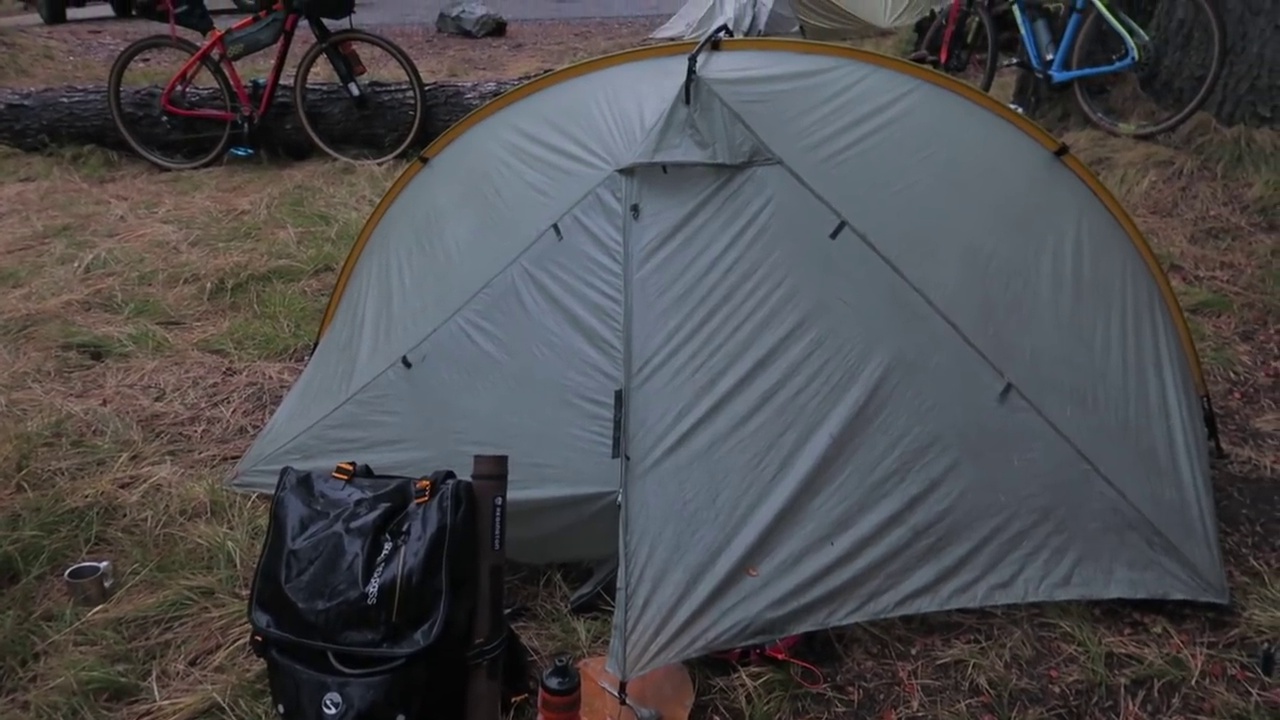
Most bikes have a standard road wheel size that is 700c. Small wheels allow wider tires for a more comfortable ride, which can be nice when not on the pavement. If you ride a mountain bike, there are several options—for example, 27.5 and 29 wheels. Many mountain bikers insist that the 29 wheels are better for long trips due to their rolling efficiency, while others prefer 27.5 wheels due to their responsiveness and maneuverability. A specific size has pros and cons; many are personal preferences.
Wheel and tire size can affect how the bike handles the terrain you ride. You can consider whether or not tubeless tires are right for you. Tubeless tires are more accessible and less prone to flats but are more expensive and require a little more work to install.
Some mountain bikes may fit plus-size tires. They can be instrumental in bikepacking terrains, such as sand, mud, or rocky roads and trails. Massive fat bike tires provide excellent traction in sand or snow, and the tires can only mitigate a single-track trail, so you might not need front and rear suspension.
Type of Bikepacking Bike
If you have the slightest idea about bikes, you know there are many different types of bikes. There are a couple of features to consider and consider in advance regarding the kind of bike you must drive on your bikepacking trip.
In general, you can use any bike you want. However, you must choose accordingly for your trip. A mountain bike can be a safe and sound option. You don’t have to worry too much about the roads, as mountain bikes can handle everything. You may not be able to go fast compared to a road bike. But, again, this is not a very big problem. Also, mountain bikes are much easier to handle if you face any challenges on the road.
Full Suspension
Whereas complete suspension mountain bikes are becoming more common in all categories, they are often less than ideal for bikepacking on anything except the most robust and technical trails. Suspension joints and shock absorbers take up valuable space in the front triangle, making the bags’ frame difficult, if not impossible, to mount.
Moving parts also require regular maintenance and are often impossible in the field. You don’t want to be a hundred miles from the nearest bike store when a shock blows a seal and no longer holds air. A suspension fork can be helpful if your itinerary involves rough terrain, but it might be overkill for the routes, mainly dirt roads or smooth trails.
Like the rear suspension, the suspension fork adds weight and complexity, requires regular maintenance, and can be a big problem in case of an error. While rigid mountain bikes have become a relative rarity for simplicity, the offer is attractive. If your bike has suspension, be sure it is in condition before leaving on a long trip.
Food and Water
For bikepacking, ensure you can carry enough water for the entire trip or figure out where you can charge during the trip. It’s part of the fun of bikepacking. You can eat what you want when you are riding all day. This makes it simple and accessible, which is perfect for budget bikepacking. Choose the products that you like.
Bikepacking Near Boulder
You can reach all places in Boulder, CO, by bike from the city center. However, you want to choose the route that fits your fitness level and available time. Boulder, Colorado, is the access point for cycling, great road rides, mountain biking, and everything else.
Bikepacking enthusiasts in Boulder have access to adventures beyond a front door, but finding a place to camp near the city can be confusing. Large volumes of car transit can make planning a bikepacking trip near Boulder difficult, especially if you are unfamiliar with the area. Wherever you go, do not leave any traces.
Pannier Hooks vs. Straps
There are drawbacks to clip and hook systems. For example, they are noisier on the road. Also, sensitive to damage and more substantial. You can find velcro and straps on the back of many bikepacking bags. This option allows a better fit to the grid through which the soft carrying case can form a network, ensuring that there is no place for the bags to move.
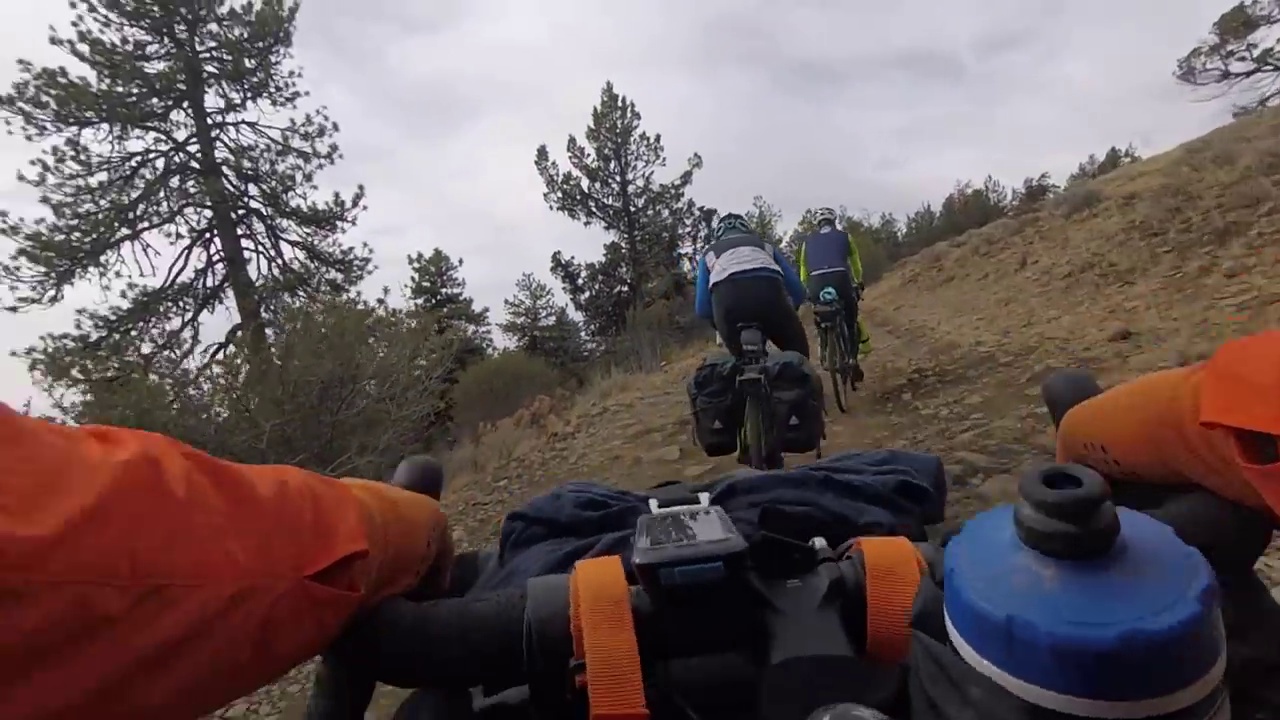
Clip and hook systems work well off the road and rarely experience crashes. After a few years of intensive use, you can only break the anchor’s lower hooks. You can velcro strap or rubber tubing from sections of the mesh to reduce noise, and the rubber band around for clothes and suitcases, if not firmly seated.
Sleeping Bag
Starting with a 5-pound sleeping bag is good because you can always go lighter if you like bikepacking. Rule number one to get started is to use what you already have. Don’t worry about finding the most lightweight gear to start. Remember that you can always upgrade the equipment if you have a few bikepacking trips.
A Natural Habitat
If you are going bikepacking bike ride in some place, you will inevitably decide between camping or staying in a natural habitat. And the only possible way is to use a tent. There are many different types of shelters there. They come in all sizes and shapes.
https://www.youtube.com/watch?v=Hn8QXbWZLtU
Ultralight Backpacking Tents
Whether you stay in a tent doesn’t matter where you are camping. Of course, you have to make sure that it is water-resistant. Make sure that rainwater does not get inside the tent and cause problems.
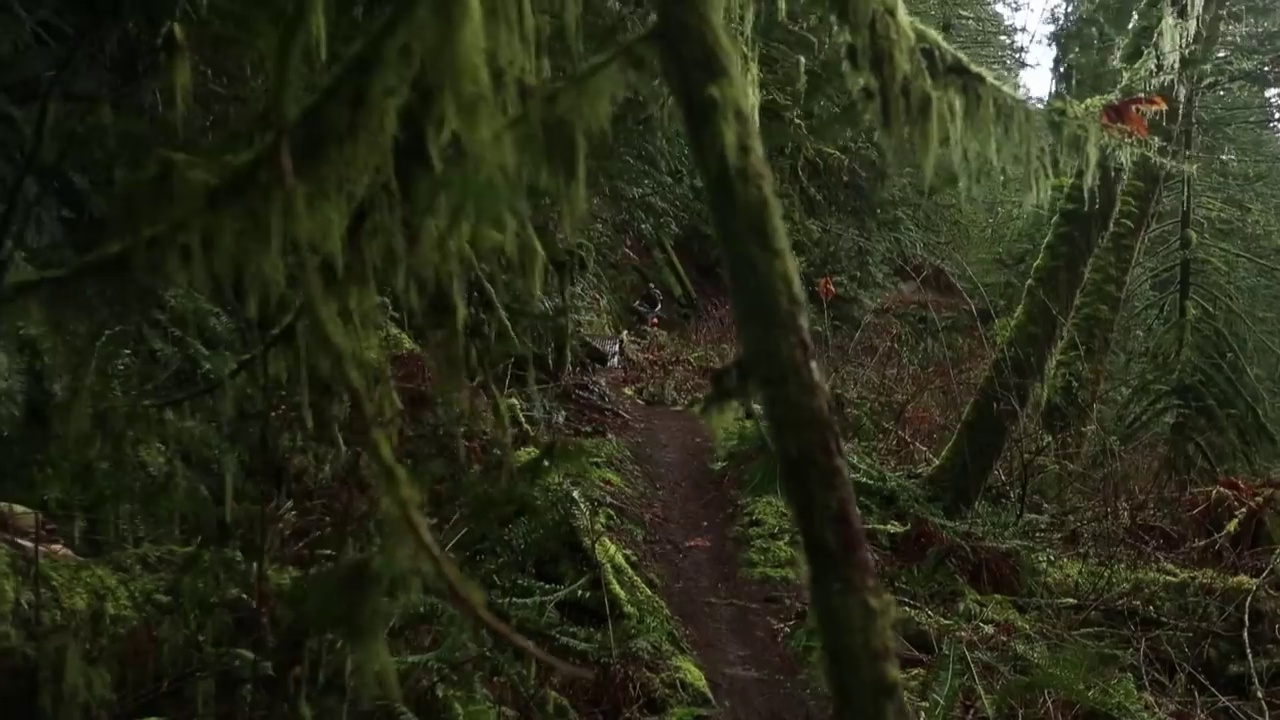
You can find many different small basic tents and hiking. The Featherstone Outdoor UL Granite Backpacking 2-Person Tent ultralight backpack is a good option. You start with assembling a very lightweight, breathable, and elastic item.
Thanks to the micro mesh fabric, the tent is lightweight and comfortable. In addition to this, it is also very spacious. They can easily curl up together if you’re backpacking with someone else. Two halls inside provide enough space to be comfortable with your team and the equipment.
Backpacking tents are a type of shelter that you can carry with you while bikepacking. However, there are many different sizes and types of tents to backpack.
Integrated Frame Bags
Integrated frame bags are also trendy; they give the bike a tidy appearance and have no straps to avoid scratching the frame. However, separating the load from the structure is difficult since the bag holders are on the bike. An additional cell canister is integrated into the field, usually in the triangle’s interior and the down tube.
Since a bikepacking trip can take several days or weeks to complete, the bike frame must support a variety of items, including water bottles, bags, and suitcases. You can achieve maximum support using a horizontal top tube.


